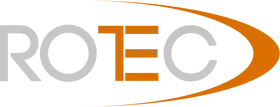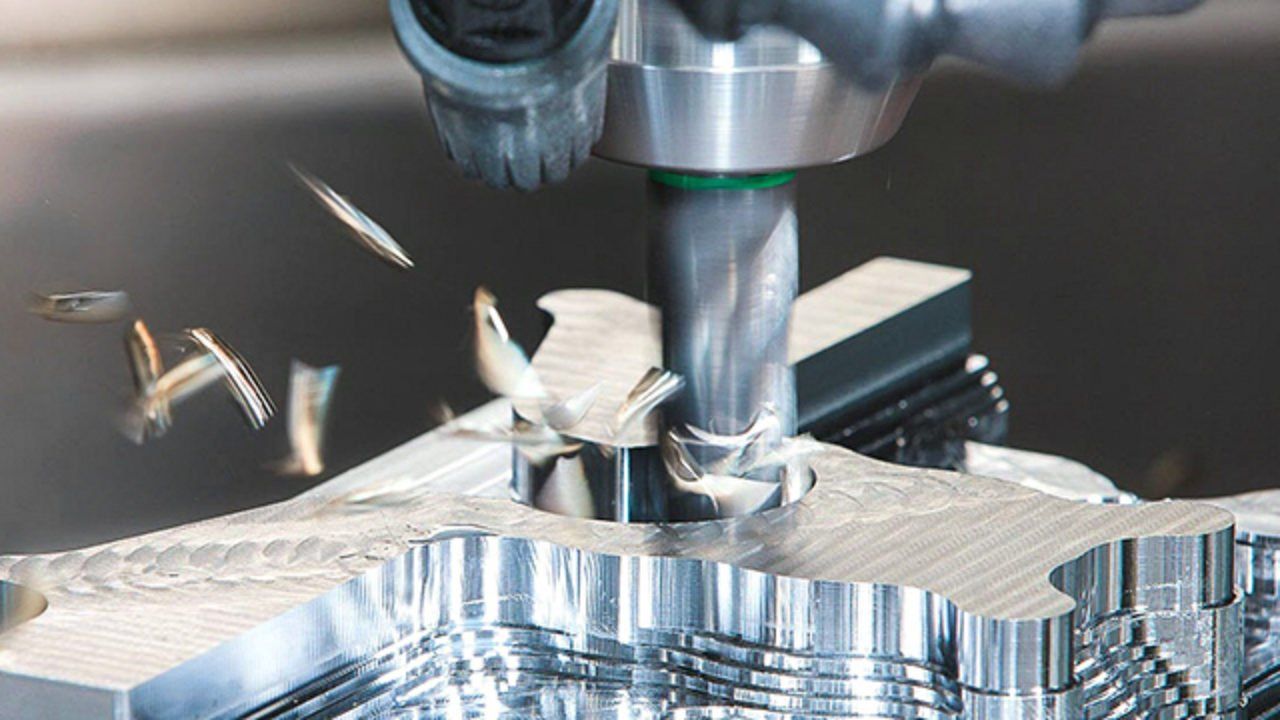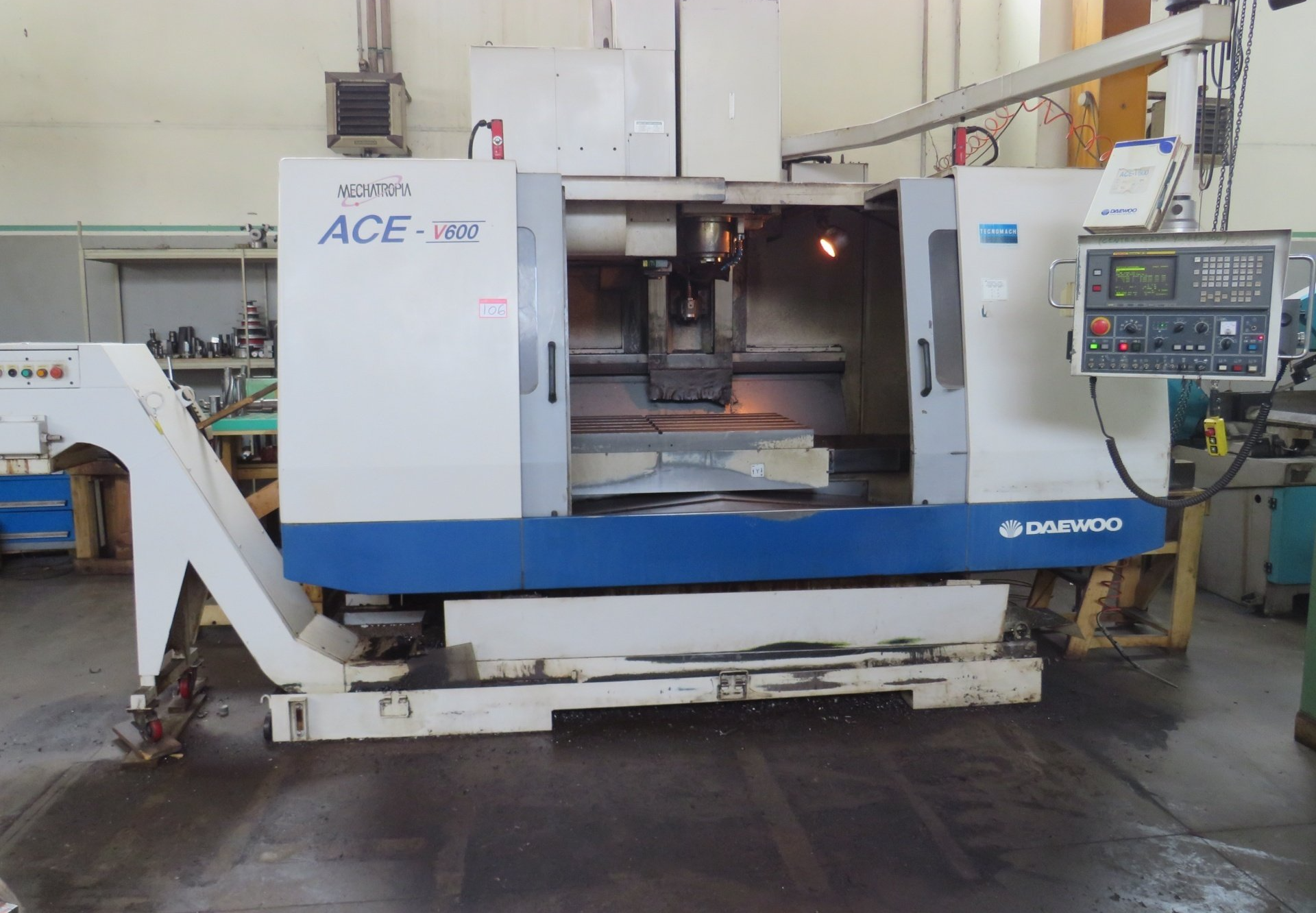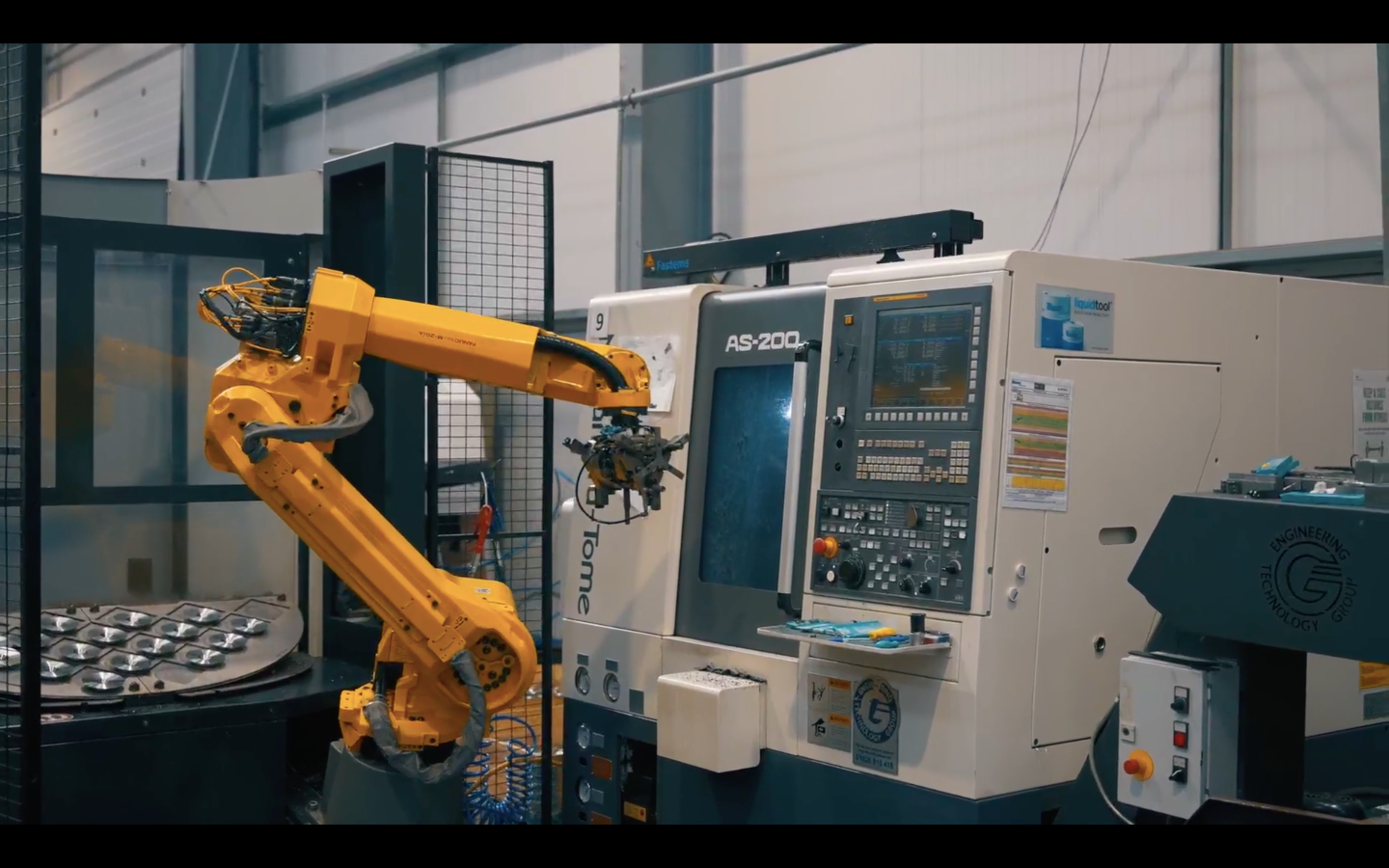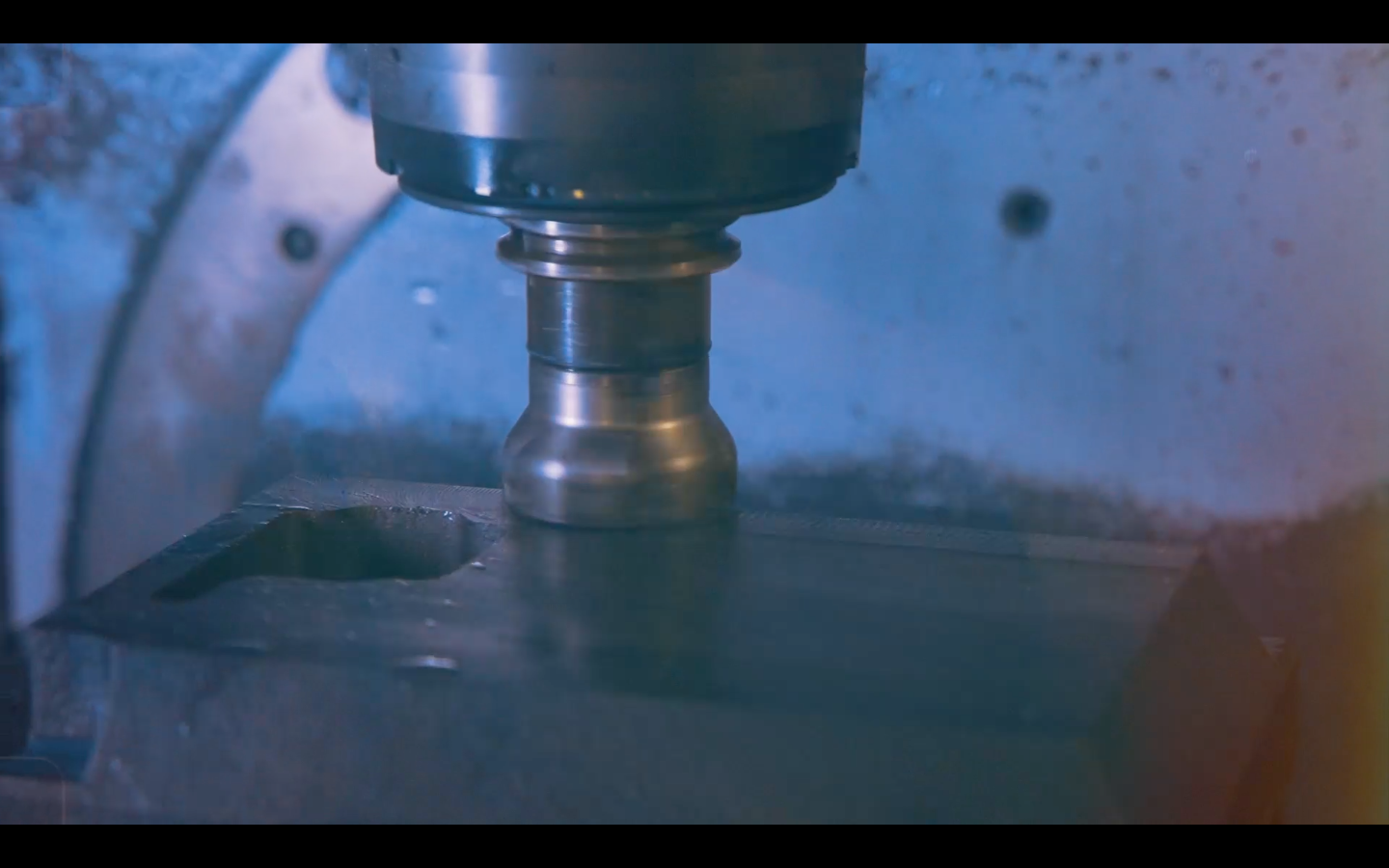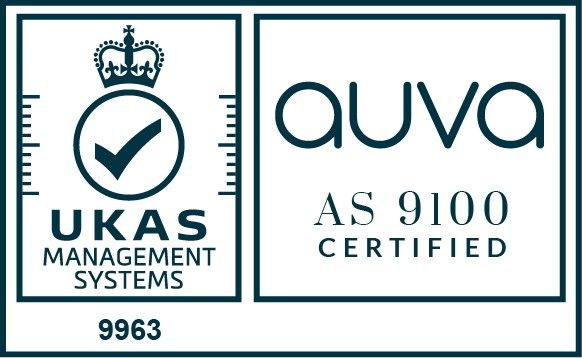~ A Detailed Guide to CNC Plasma Cutting ~
For businesses looking to improve their production capabilities, it's important to understand the fundamentals of CNC plasma cutting better.
CNC plasma cutting has emerged as a crucial element of modern manufacturing, engineering and fabrication processes, offering precision and efficiency in cutting various materials. This process utilises a high-temperature plasma jet to slice through electrically conductive materials, making it an essential tool for a number of industries.
For businesses looking to improve their production capabilities, it's important to understand the fundamentals of
CNC machining better. If you wish to do the same, you have come to the right page! In this article, we will explore its main principles, components, and applications. But first, let's understand what CNC plasma cutting is.
What is Plasma Cutting?
Plasma cutting is a thermal cutting process that employs a high-temperature plasma jet to slice through electrically conductive materials. The principle behind plasma cutting lies in the fourth state of matter: plasma. When gas is ionised, it becomes plasma, capable of conducting electricity. This ionised gas, when forced through a small nozzle, forms a high-velocity jet that reaches temperatures exceeding 20,000°C, allowing it to melt and expel metal quickly and effectively.
Plasma is generated by ionising a gas, typically air or a specific gas mixture. An electric arc is created between the electrode and the workpiece, which heats the gas to the point of ionisation. This process transforms the gas into plasma, enabling it to cut through metals. The combination of heat and high-pressure airflow provides a powerful cutting tool for various metal types and thicknesses.
While plasma cutting is a popular choice for its speed and versatility, it differs from other cutting methods, such as laser cutting and traditional cutting, as follows.
Laser Cutting: Utilises a focused beam of light to cut materials. While it offers higher precision for thinner materials, it may not be as effective for thicker metals compared to plasma cutting.
Traditional Cutting: Involves mechanical methods, such as saws or shears. These methods can be slower and less precise, particularly for intricate designs, making them less suitable for modern fabrication needs.
Main Components of a CNC Plasma Cutting System
A CNC plasma cutting system consists of several key components that work together to facilitate the cutting process. Understanding these components is essential for grasping how the technology functions effectively.
Plasma Cutter: The core of the system, the plasma cutter generates the plasma jet used to cut through materials. It consists of a power supply, a torch, and consumables like electrodes and nozzles.
CNC Control System: This system acts as the brain of the operation, interpreting design files (usually in formats like DXF or G-code) and translating them into precise movements for the cutting head. The control system ensures that the torch follows the programmed path accurately.
Cutting Table: The cutting table supports the material being cut and often includes features like a water table to reduce fumes and heat during cutting. This table can be designed for various sizes, accommodating different workpiece dimensions.
Torch and Nozzle: The torch houses the electrode and nozzle through which the plasma is expelled. The nozzle shape affects the width of the plasma stream, which in turn influences the quality and precision of the cut.
Each component plays an important role in the effectiveness and efficiency of the CNC plasma cutting process. The plasma cutter generates the cutting force, while the CNC control system ensures precision in movement. The cutting table provides stability and support for the workpiece, and the torch and nozzle control the flow and focus of the plasma.
How CNC Plasma Cutting Works
CNC plasma cutting involves several steps that ensure precision and efficiency throughout the cutting operation.
Design Phase (CAD/CAM Software): The process begins with creating a design using Computer-Aided Design (CAD) software. This design is typically a two-dimensional vector graphic that defines the shapes and dimensions of the intended cut. Once the design is complete, it is converted into a format compatible with the CNC system, often using Computer-Aided Manufacturing (CAM) software. This software generates the necessary G-code, which contains specific instructions for the CNC machine.
Setting Up the Machine: Before cutting begins, the operator sets up the CNC plasma cutting machine. This involves loading the material onto the cutting table and ensuring it is securely positioned. The operator also inputs the G-code into the CNC control system, which is programmed to follow the specific cutting path defined in the design.
Cutting Process: Once everything is set up, the CNC plasma cutting process starts. The CNC control system activates the plasma cutter, generating the plasma jet. The machine then moves the cutting torch along the programmed path, cutting through the material with precision. The high-temperature plasma melts the metal while a high-velocity gas flow blows away the molten material, creating a clean cut. The speed of the cutting process can vary based on the material thickness and type.
Accuracy and precision are of utmost importance in the CNC plasma cutting process. The CNC system ensures that every movement of the cutting torch follows the programmed design without deviation. This level of control allows for intricate cuts and complex shapes that would be difficult to achieve with manual methods. The quality of the cut is also influenced by the settings used, including the cutting speed, plasma flow rate, and distance between the torch and the workpiece. Proper calibration and programming are essential to achieving the desired results.
Applications of CNC Plasma Cutting
CNC plasma cutting is widely used across various industries due to its versatility and efficiency in cutting metal. Key sectors include:
Automotive: In the automotive industry, CNC plasma cutting supports the production of components such as chassis parts, brackets, and frames. Its ability to cut through thick materials quickly makes it ideal for mass production.
Aerospace: The aerospace sector relies on CNC plasma cutting for manufacturing lightweight components that require precision. This method is suitable for cutting materials like aluminium and titanium, which are commonly used in aircraft construction.
Construction: CNC plasma cutting is employed in the construction sector to fabricate steel structures, beams, and support frameworks. It allows for efficient cutting of large sheets of metal, facilitating quicker assembly on site.
Metal Fabrication: Metal fabrication shops use CNC plasma cutting for a range of applications, from artistic metalwork to industrial components. Its flexibility enables fabricators to create custom designs quickly and accurately.
In addition to general applications, CNC plasma cutting is utilised for specific tasks such as:
- Creating intricate patterns and designs for decorative metal pieces in art installations.
- Cutting out parts for heavy machinery and equipment in manufacturing plants.
- Producing signage and displays with detailed graphics and letters from various metals.
Advantages of CNC Plasma Cutting
Speed and Efficiency
One of the primary advantages of CNC plasma cutting is its speed. The process can cut through materials much faster than traditional methods, which is particularly beneficial in high-production environments. This efficiency not only reduces lead times but also increases overall productivity, allowing businesses to fulfil orders more quickly.
Cost-Effectiveness
CNC plasma cutting can be a cost-effective solution for manufacturers. The reduction in labour costs due to automation, combined with the minimised material waste from precise cuts, leads to significant savings. Furthermore, the ability to cut a wide variety of materials, including steel, stainless steel, and aluminium, adds to its economic viability.
Versatility in Material Types and Thicknesses
CNC plasma cutting is highly versatile and capable of cutting various materials across different thicknesses. This adaptability makes it suitable for numerous applications, whether for thin sheets or thicker plates. It can handle conductive materials effectively, which opens up possibilities for creative and practical designs.
High Precision and Quality of Cuts
CNC plasma cutting systems are designed to deliver high-quality cuts with minimal heat-affected zones. The precision of the CNC control ensures that even intricate designs can be executed accurately, resulting in clean edges and fewer defects. This level of quality is essential in industries where precision is critical, such as aerospace and automotive manufacturing.
Trends and Advancements in CNC Plasma Cutting Technology
CNC plasma cutting is continuously evolving, with new advancements enhancing both precision and efficiency. One key trend is the integration of automation and robotics, which allows plasma cutters to work in tandem with automated systems, reducing human intervention and increasing productivity. This trend is particularly relevant for large-scale manufacturing operations where continuous production is necessary.
Another important advancement is the development of higher-definition plasma cutting systems. These systems allow for finer cuts with reduced bevels and smoother edges, making CNC plasma cutting even more competitive against laser cutting for certain applications. With improvements in nozzle design and gas flow control, plasma cutting can now achieve tolerances that were once only possible with more expensive cutting methods.
The Impact of Automation and Smart Manufacturing
The rise of smart manufacturing is also influencing CNC plasma cutting. With the adoption of Industry 4.0 principles, CNC systems are becoming more interconnected, enabling real-time monitoring and data-driven decision-making. This digital connectivity allows for predictive maintenance, where machines can anticipate breakdowns before they happen, reducing downtime and improving overall efficiency.
In addition, cloud-based software solutions are now enabling remote monitoring and control of CNC machines. Operators can now oversee the cutting process from anywhere, making it easier to manage multiple machines simultaneously and optimise production lines.
Potential Developments in Materials and Applications
As technology progresses, we can expect to see further developments in the materials that CNC plasma cutting can handle. While plasma cutting is already highly effective for cutting metals like steel, stainless steel, and aluminium, ongoing research aims to expand the range of materials, such as new alloys or composite materials, that can be cut using plasma technology.
In terms of applications, future developments in 3D plasma cutting could allow for even more complex shapes and geometries to be produced, making CNC plasma cutting a more viable option for industries that require advanced component designs. This could further cement its role in industries like aerospace, medical device manufacturing, and renewable energy, where highly customised parts are often needed.
Final Thoughts
For businesses seeking high-quality precision engineering and
complex CNC machining solutions, Rotec is the trusted partner you need. With expertise in CNC plasma cutting and a range of advanced machining techniques, we offer exceptional accuracy, efficiency, and customisation for all your manufacturing needs.
Our team of skilled professionals is committed to ensuring the highest standards of performance and reliability. To discuss how we can support your project,
contact us today!
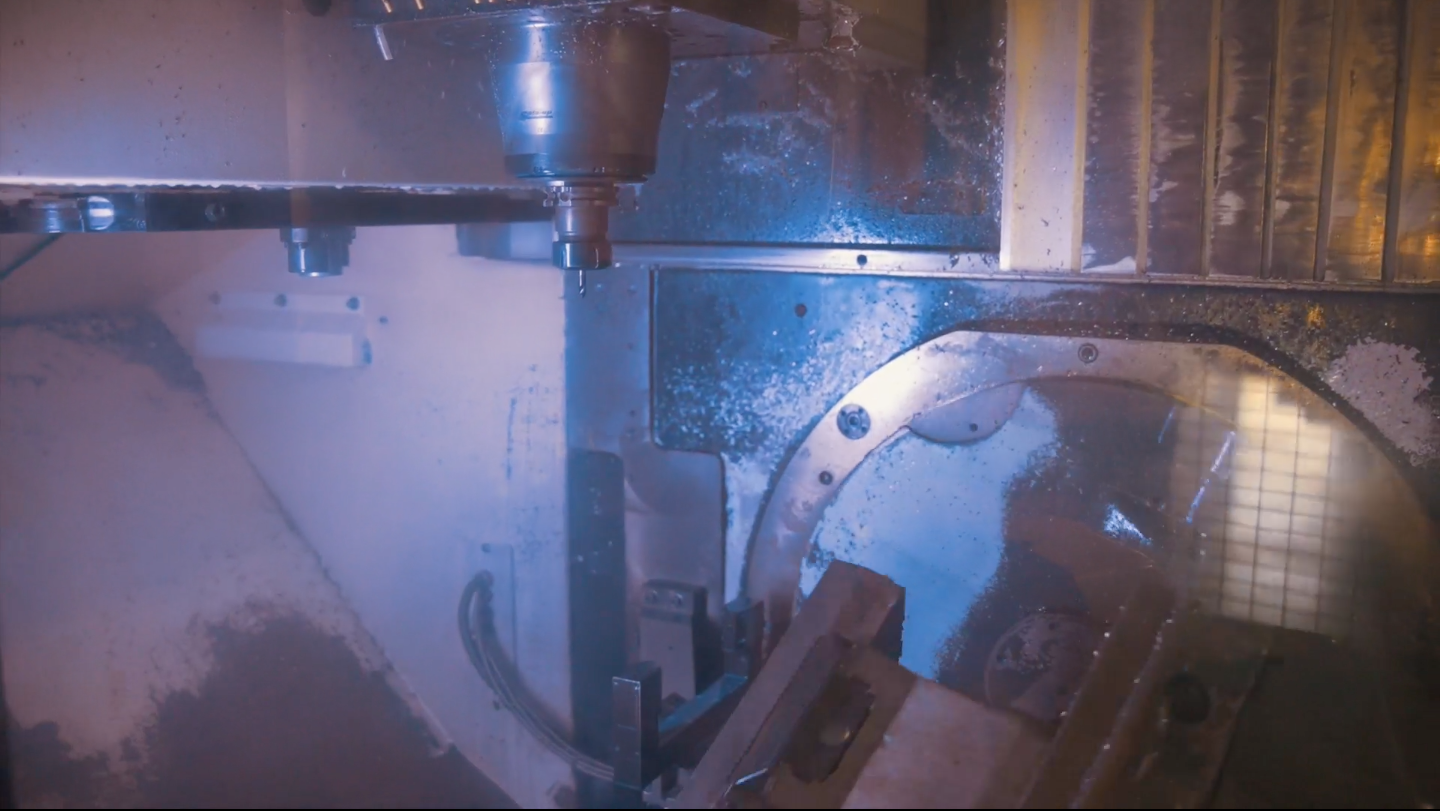
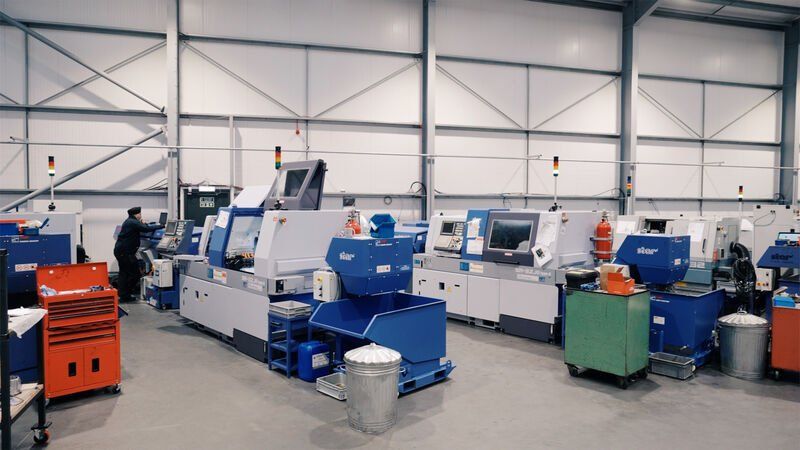
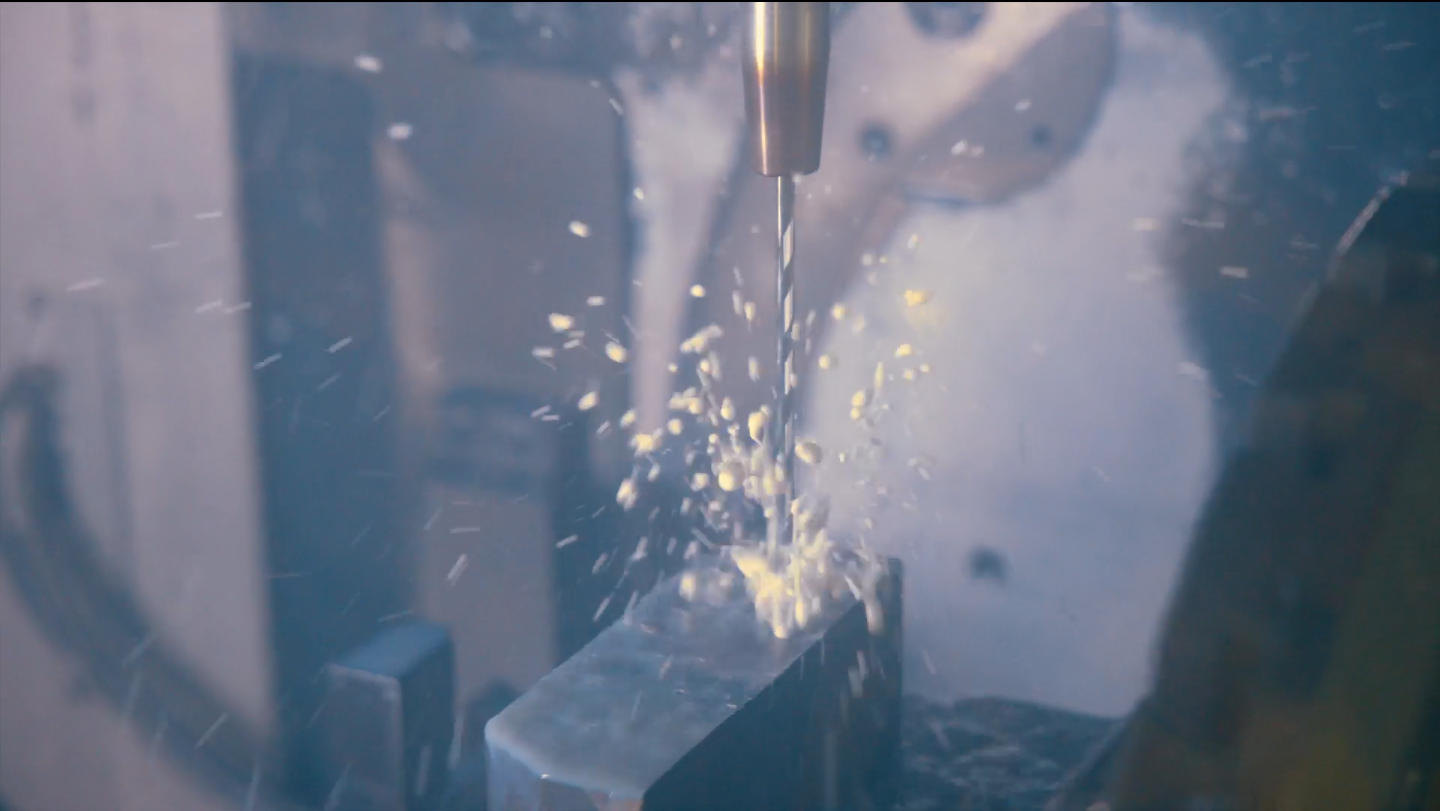
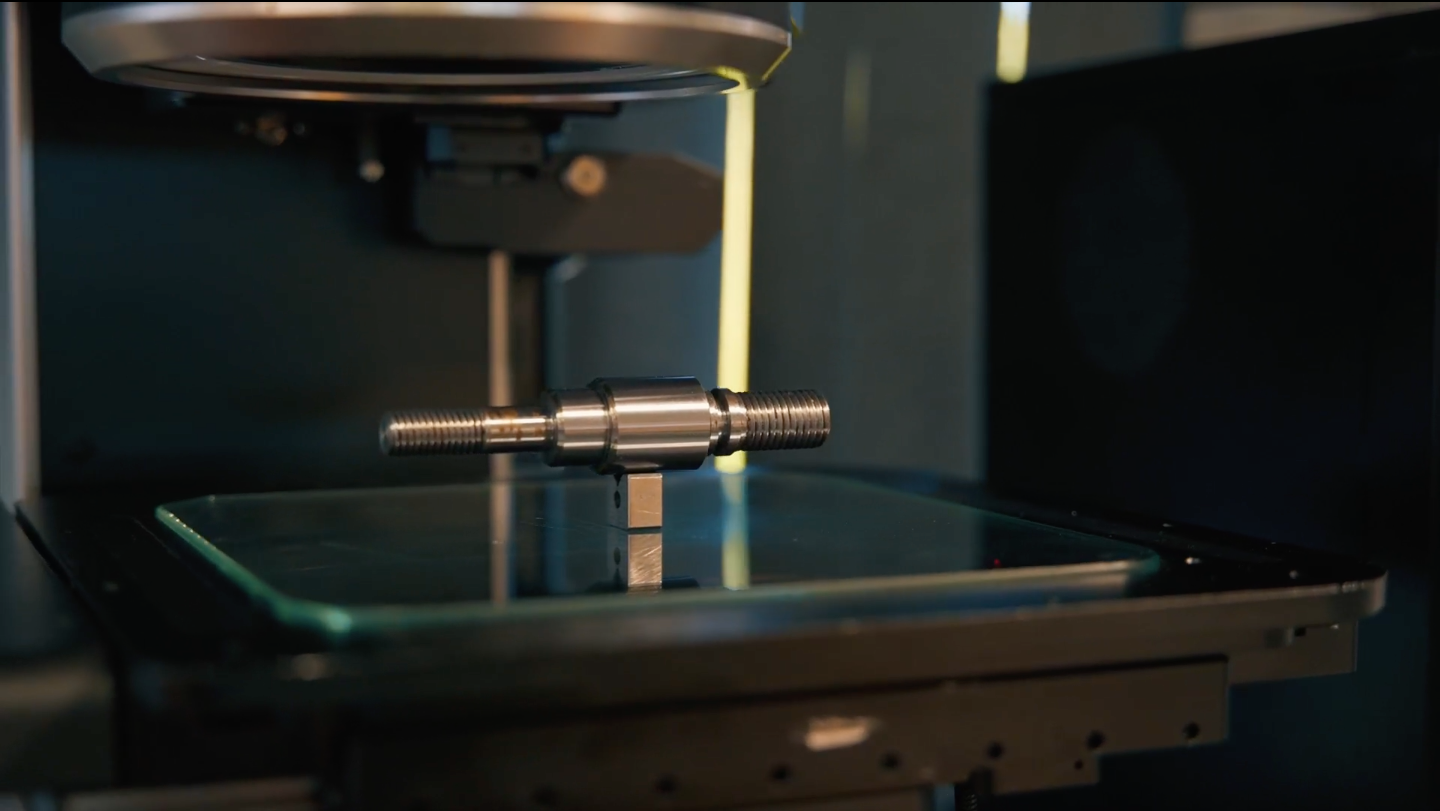
Rotec Aerospace Limited, Enterprise Way, Vale Business Park, Evesham WR11 1GS United Kingdom
Phone: 01386 424111
Email: Info@rotec-ltd.com
Office Hours :
Mon-Fri : 7:30am - 5pm
